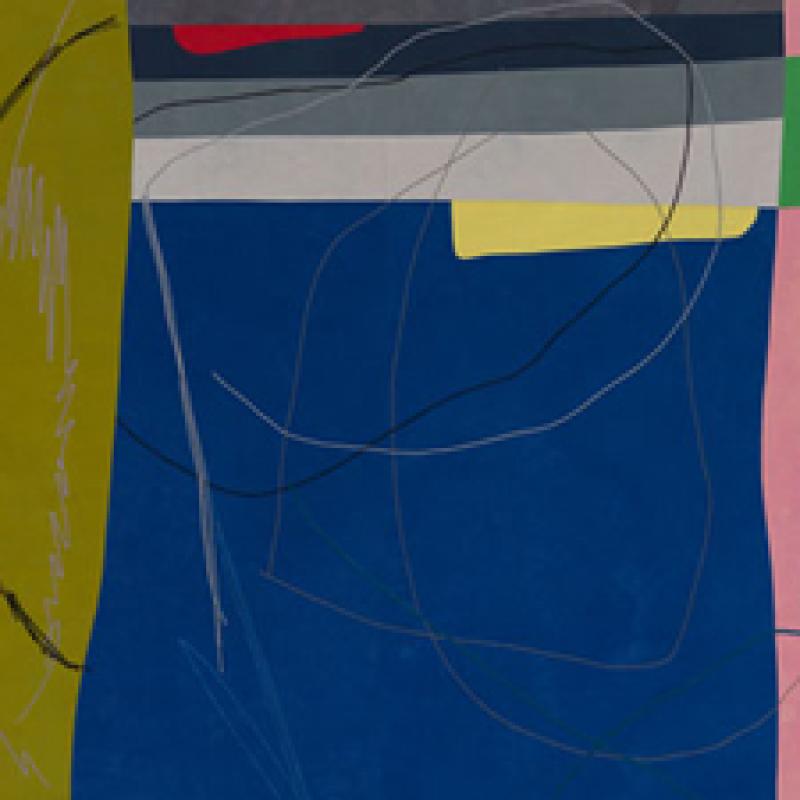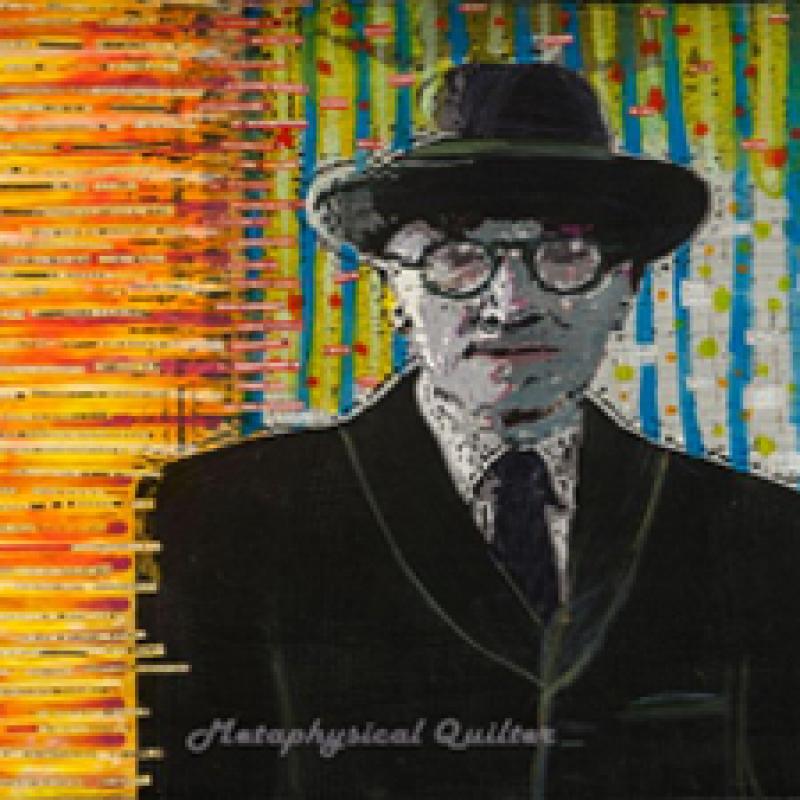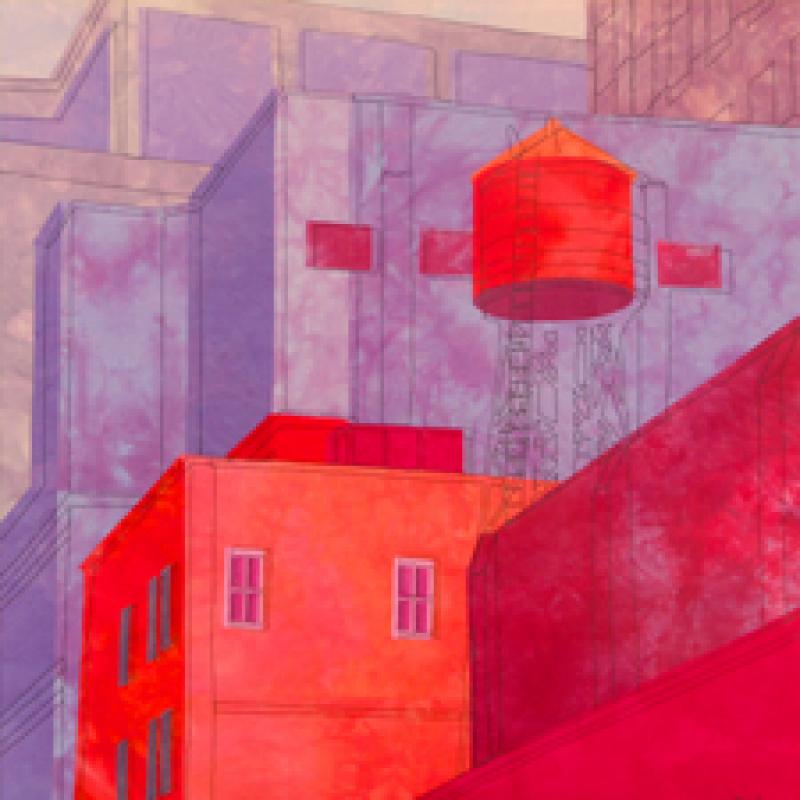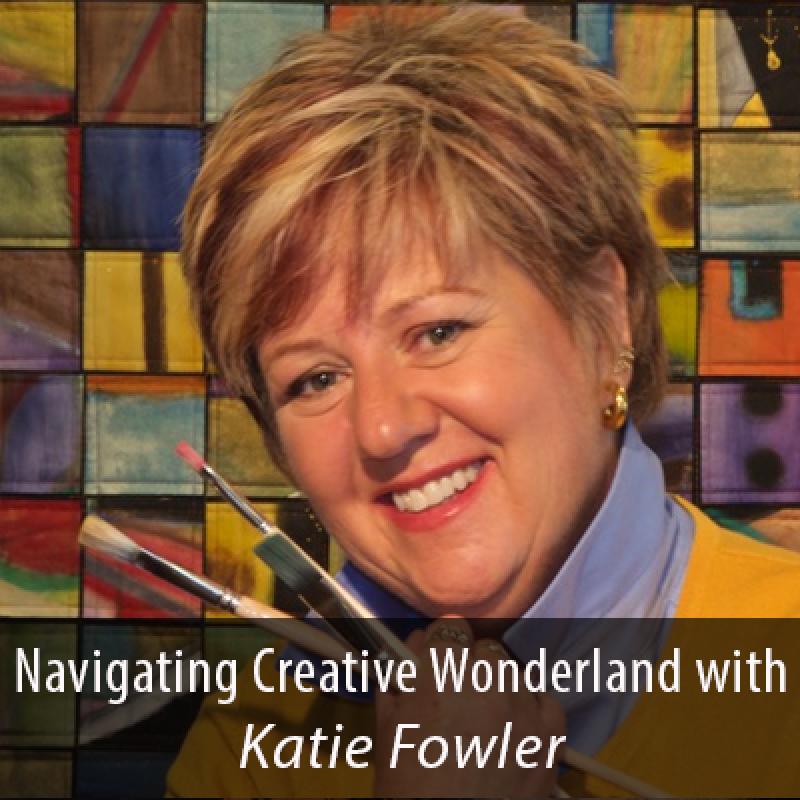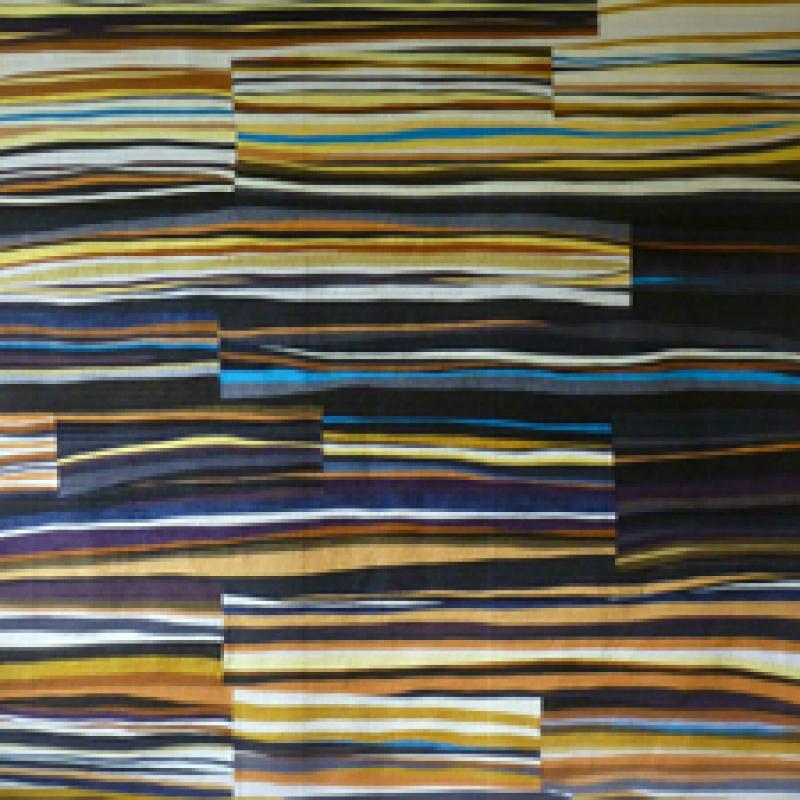SAQA Seminar (Article)
Participating artists in this MA/RI exhibition were asked to create an original artwork and document their design process.
SAQA Seminar (Artist Q&A)
Michigan artist Beth Markel is a fifth generation quilter who believes that textile arts are a happy marriage of tactile and visual. Learn more about how she creates her bold and colorful quilts by using a variety of design concepts.
SAQA Seminar (Artist Q&A)
Deborah Bochert is the author of Art Quilt Collage: A Creative Journey in Fabric, Paint and Stitch. Learn more about how she creates her art quilt collages using fabric, paint, and stitching.
SAQA Seminar (Video Conversation)
Jeanne Marklin spoke with Karen Schulz about how she begins a new composition. Karen has design suggestions that will help you develop and refine your design.
We've All Been Guilty at One Time or Another
SAQA asked gallery owners, fiber and art magazine editors, museum curators, jurors, and well-known quilt artists for their thoughts on derivative artwork: what it is, how to recognize it in your own artwork, and why it shouldn’t be entered in competitions.
SAQA Seminar (Artist Q&A)
Canadian artist Regina Marzlin shares the importance of using a design wall - find out how it helps her creative process!
SAQA Seminar (Video Conversation)
Margaret Abramshe is an art quilter with a background in teaching art to students of all ages. Margaret offers a great explanation of design concepts and shows how she uses them in her artwork - the process she follows and how she evaluates her work along the way.
by Lynne Davis (SAQA Journal)
Lynne Davis offers recommendations about getting through the dreaded dry spell. Your creative voice WILL come back!
SAQA Seminar (Artist Q&A)
Learn more about artist Judy Hooworth and her creative process. Judy has exhibited widely in Australia and overseas; her quilts have been featured in many books and magazines around the world, and she has written three books on quilt design.
SAQA Seminar (Video Conversation)
Working primarily in a series, Canadian artist Heather Dubreuil is known for her beautiful cityscapes and colorful collages. Heather shares with Deborah Boschert how she utilizes the principles of design as a framework in creating her artwork.
Lightning Talk (Video)
After retiring from career in public education. Margaret Abramshe has 10 “lessons” to share with fellow art quilters she learned while working as an art teacher with a wide variety of students in classroom studio settings.
Educational Video
Katie Fowler is an artist, author, and certified creativity coach. She is all about enjoying the process and letting go of the outcome. Katie wants you to find your creative bliss.
SAQA Seminar (Artist Q&A)
Judy Coates Perez is an international award-winning mixed-media textile artist and author, who travels globally to teach and lecture about her creative process and sources of inspiration. Find out how she creates her beautiful artworks!
SAQA Seminar (Article)
There is so much to think about as we create our artwork - what colors to use, which shapes, placement of the shapes, size variation, space. Knowing more about the Elements gives us the necessary tools to improve our art and to analyze where things go wrong.
SAQA Seminar (Article)
Learn more about the principles of design - pattern, rhythm, proportion, contrast, movement, balance, unity and emphasis. Getting familiar with these key concepts will help with creating successful compositions.
SAQA Seminar (Article)
How do you begin a new artwork? Make drawings, use a sketchbook, improvise on the design wall? Do you have it all thought out before you start or just start and see where the design wants to take you? Our...
SAQA Seminar (Video Conversation)
Heather Pregger gives us a peek into her comprehensive sketchbook and explains how she tracks her creative process with notes and photographs in this video conversation with Deborah Boschert.
SAQA Seminar (Artist Q&A)
Hope Wilmarth is an award winning, internationally exhibited, art quilter who creates mostly abstract pieces. She shares how line and shape are important elements, especially when combined with a limited color palette.




